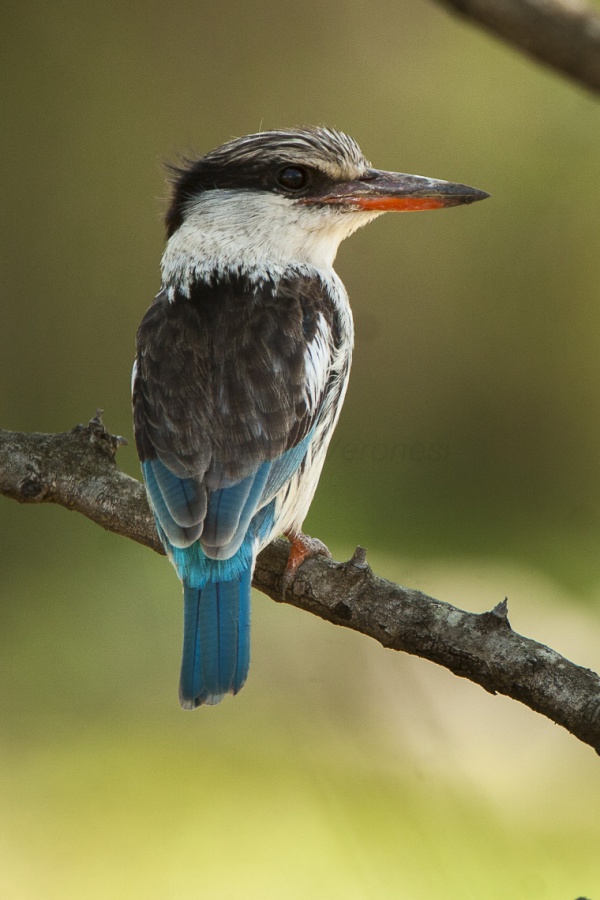Facts About Striped kingfisher
The Striped Kingfisher is a captivating bird within the tree kingfisher family. This species was first identified in 1814 by Edward, Lord Stanley, who initially referred to it as the "Chelicut kingfisher" after observing it in Abyssinia. The bird's genus name, Halcyon, has an intriguing origin—it is derived from a Greek legend associated with the kingfisher.
These kingfishers have distinctive personalities. They are highly territorial and will not hesitate to chase away other birds from their domain. You will typically find them in woodland areas, thorny scrubs, and open savannas across Sub-Saharan Africa.
There are two subspecies of the Striped Kingfisher, exhibiting slight differences in coloration and markings. In terms of diet, these birds primarily consume grasshoppers and large insects, but they will also prey on small lizards, snakes, or rodents when the opportunity presents itself.
For nesting, they typically occupy old woodpecker or barbet holes. These birds are generally monogamous, although there are occasional instances of polyandry, where one female mates with multiple males.
The Striped Kingfisher is currently thriving in terms of population and is not facing any significant threats. Consequently, it is listed as Least Concern on the IUCN Red List. Their unique calls and behaviors, such as their strong territorial instincts and nesting habits, make them a distinctive and integral part of their ecosystem.

 Ghana
Ghana